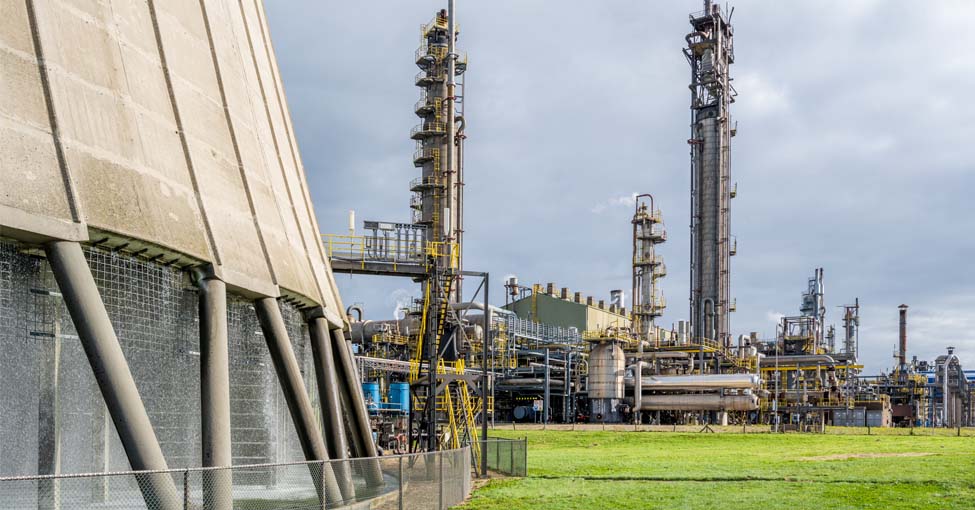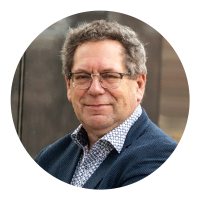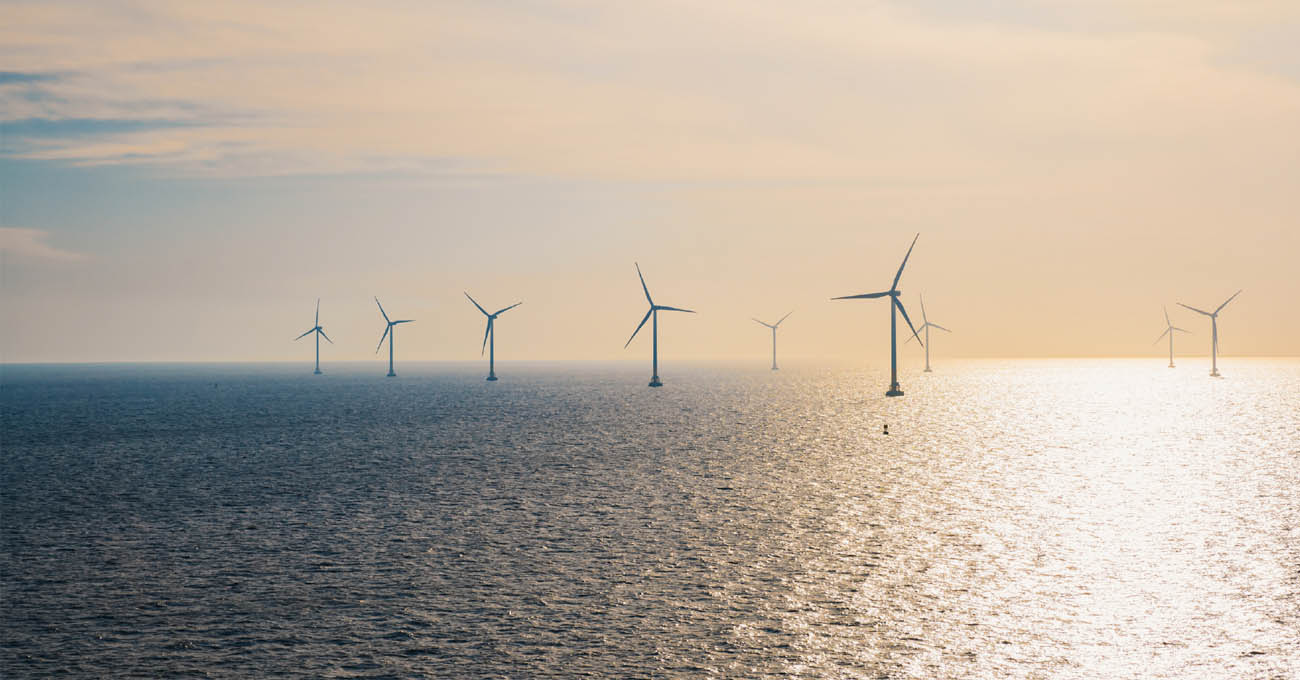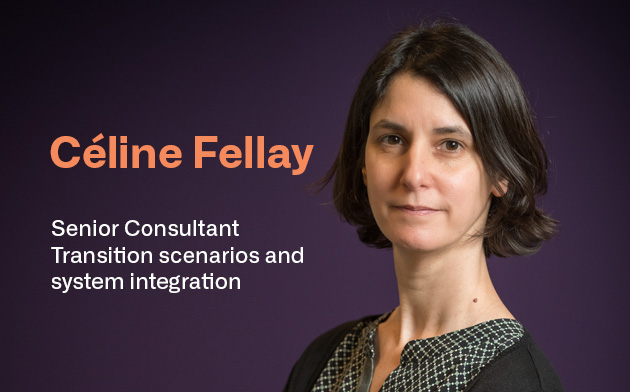|
|
 |
 |
|
|
Making energy supplies and production of raw materials more sustainable, while maintaining prosperity |
|
There are three reasons for the enormous explosion in prosperity that Western countries (and subsequently Asia) experienced after World War II. The first is the widespread availability of affordable energy sources (coal, oil and natural gas). The second is the impressive increase in productivity in basic industries like chemicals and steel and the resultant low prices for basic raw materials, which are the starting point for almost all industrial manufacturing processes. The third is the smooth-running food supply, thanks to the increasingly smart use of agricultural fertilizers. As we have since discovered, the latter development also has a downside; climate change and depletion of fossil resources. Something we all know about by now.
The major challenge facing society is how we can make energy supply and the production of basic raw materials more sustainable, while at the same time maintaining our standard of living at the same level. Here at Chemelot, we are at the heart of this challenge. We produce large quantities of raw materials for plastics and fertilizers, which is based on fossil resources and uses a great deal of energy. At the same time, Chemelot is second in the Netherlands in terms of industrial greenhouse gas emissions. The secret is to continue to manufacture our products, as this underpins our prosperity, but to do so in a sustainable, circular way.
The plans are ready. For 2030 and for 2050. Actions, not just words. Chemelot is the industrial cluster that is currently leading the way in reducing greenhouse gases. Thanks to the high degree of integration at Chemelot, the conceptual overview of our task is that we need to replace our fossil resources with circular raw materials (waste and biomass) and we need to use green electricity to power our processes. Read this newsletter to find out how we are discussing the latter with the government and network administrators. Chemelot has already seen significant investment in producing circular raw materials and the necessary green electricity must be made available. There is still a lot to be developed before this can happen, but the technology is not available off the shelf. Brightsite is playing a crucial role in this. Taking all of this into account, I believe that if any chemical cluster is to succeed in being completely circular by 2050, then it will be Chemelot.

Loek Radix
Chemelot Executive Director
|
|
|
| Sustainability & limited security of delivery of green power requires more flexibilization of processes |
| The transition to a climate-neutral Chemelot in 2050 comes with the necessary challenges. Electrification of processes will result in an increasing demand for CO2free electricity. Is there enough green electricity available? How will it be transported to Chemelot? Are factories able to become more flexible, for example by switching off when there is a shortage and thus keeping electricity affordable? In any case, all this requires an appropriate and timely available energy infrastructure and flexibility. In this article we will discuss the challenges surrounding the demand for, supply and infrastructure of green energy with grid operator TenneT and the province of Limburg. |
|
|
|
 |
|
| With e-boiler, USG invests in a sustainable future |
| Gain experience with electrification and flexibilization |
| A large part of the processes and installations in the chemical industry must be powered by sustainable electricity by 2050. Electrification of processes at Chemelot is therefore a hot topic. A good example is the development of an electric boiler by Utility Support Group (USG), the utility company of Chemelot. |
|
|
|
|
|
|
| Loss-free transport of residual heat to households |
| Using industrial residual heat to heat the built environment |
| The demand for sustainable ways to use energy is increasing. One of the possible options is the cost-effective reuse of industrial residual heat. A heat battery allows heat to be stored and then made available later and in another location. Brightsite is working with a consortium of partners to explore the possibilities of a salt and water-based heat battery. |
|
|
|
|
|
|
 |
Gavin Phillips recently joined Maastricht University, Faculty of Science and Engineering (FSE) as Programme director BSc Circular Engineering.
Training a new generation of researchers and engineers who can put innovations into practice is a prerequisite for making the transition within the chemical industry and a circular economy a success. With the further development of the BSc Circular Engineering, Gavin is making an active contribution educating these engineers of the future. |
|
|
|
|
|
|
|
 |
Céline Fellay recently joined Sitech, where her work is fully dedicated to Brightsite. Céline worked over 13 years at DSM in different shared R&D units.
Céline is excited to put all her experience and energy into supporting the activities of the program ‘Transition scenarios and system integration’. She will be working closely together with Program Manager René Slaghek. Together with the aim of realizing the transition for a site like Chemelot in a safe, sustainable and economically sound way. |
|
|
|
|
|
|
|
|
|
| Expert opinion: Is your Process Safety Analysis fit for purpose? |
| Due to digitalization and the emergence of new technologies current HSE (Health, Safety and Environment) management systems may no longer be suitable as a means of identifying and assessing risks on forehand. In this expert opinion we will focus on the Process Safety Analysis (PSA) methodology from this perspective. |
|
|
|
|
|
|
|
